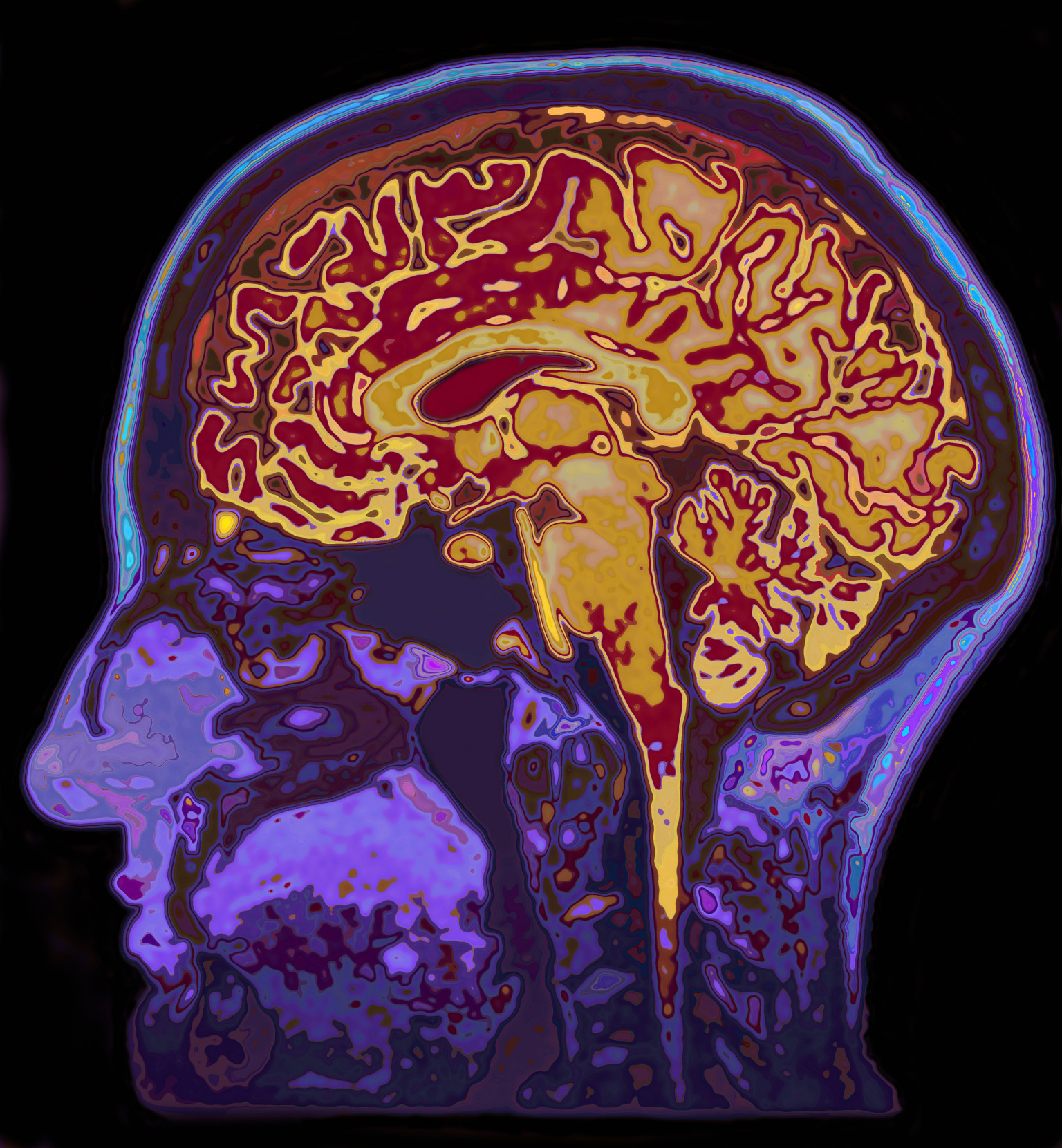-
Working out boosts grey matter
A recent study of adult twins has shown that an exercise routine can do more than just burn fat. Researchers from the University of Jyväskylä in Finland analyzed data from 10 pairs of adult male twins who had grown up playing the same sports, but in recent years had engaged in different fitness regimes.
Most studies that try to determine the effect of exercise on physiology and health run into problems when trying to tease out the different effects of environment, genetics, and individual backgrounds. But because the twins in the study all grew up in similar environments and had similar exercise histories, the scientists were able to rule out environmental and genetic factors in their analysis.
The study found that a greater level of physical activity was associated with a lower body fat percentage and larger grey matter volumes in the striatal and prefrontal cortex. Active twins were also better able to maintain their blood glucose levels, something that indicates a reduced risk of type II diabetes.
What makes these findings notable is the timeframe under which they developed. The twins had lived near-identical lifestyles up until three years before the study took place, indicating that the differences in physiology appeared after only a few years of differing levels of physical activity.
-
Archaeologists discover 2,600-year-old brain
In 2008, archaeologists excavating an Iron Age site in York England, made a surprising find. From inside a decapitated head, scientists from the York Archaeological Trust found a preserved brain.
“I peered through the hole at the base of the skull to investigate,” said Rachel Cubbitt, of the York Archaeological Trust in an interview with the Daily Mail. “To my surprise, [I] saw a quantity of bright yellow spongy material. It was unlike anything I had seen before.”
While it was assumed that the brain was approximately the same age as the site where it was found, it was only this year that scientists were able to put an exact number on its age: 2,600 years. The brain’s longevity is attributed to its owner’s timely burial, as a thick layer of mud would have starved the brain and skull of oxygen for the past two millennia and prevented soft tissue from decomposing.
-
Scientists use 3D-printing to model human brains
In a paper published in Tissue Engineering: Part C, a team of Australian scientists used conductive polymers in a 3D-printed model brain to differentiate neural stem cells.
First announced last year, the project aims to use 3D bio-printing technologies to build scaffolding on which scientists can grow neurons, mimicking a functioning human brain.
“With the opportunity and realization that natural and synthetic biomaterials can be used to support and control cell and tissue engineering, I believe we can better model healthy and disease biology for understanding disease processes, drug development, and tissue replacement therapy,” said Professor Jeremy Crook from the University of Wollongong.
The project team’s most recent publication details its use of this scaffolding to electrically stimulate stem cells. Researchers used a conducting polymer called polypyrrole to build the model brain, and then looked at how stem cells developed on the film.
They found that cells that had been electrically stimulated were more likely than un-stimulated cells to become neuronal cells—grey matter—rather than glial cells—white matter. The stimulated cells also exhibited increased branching of neurites, the parts of the cell responsible for connecting to other neurons. These findings have the potential to be used in research and as therapy for neurological diseases.








